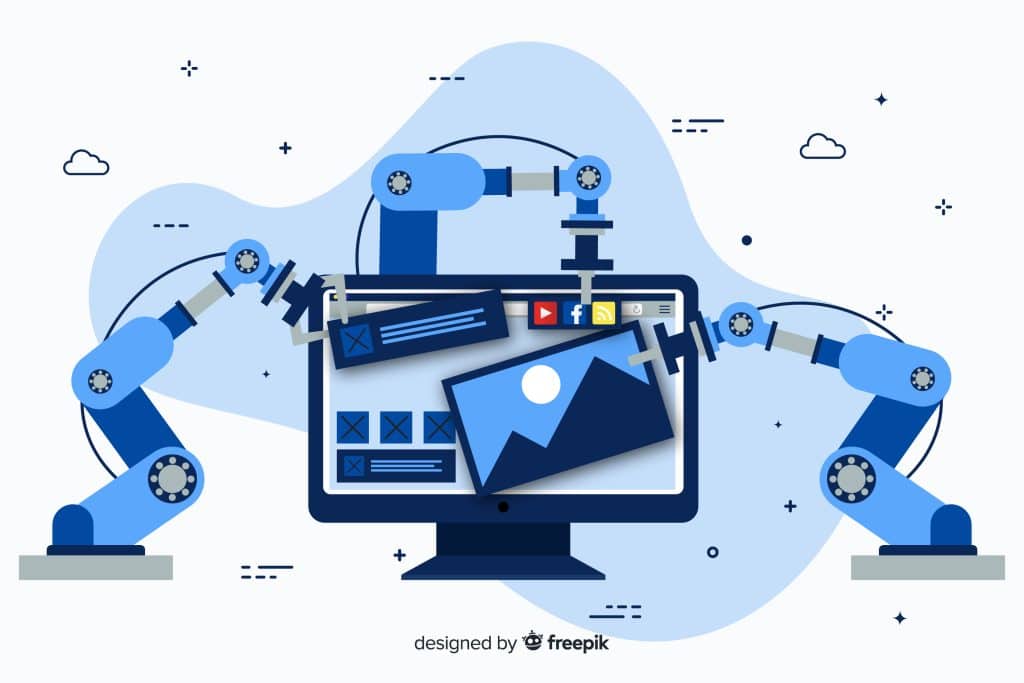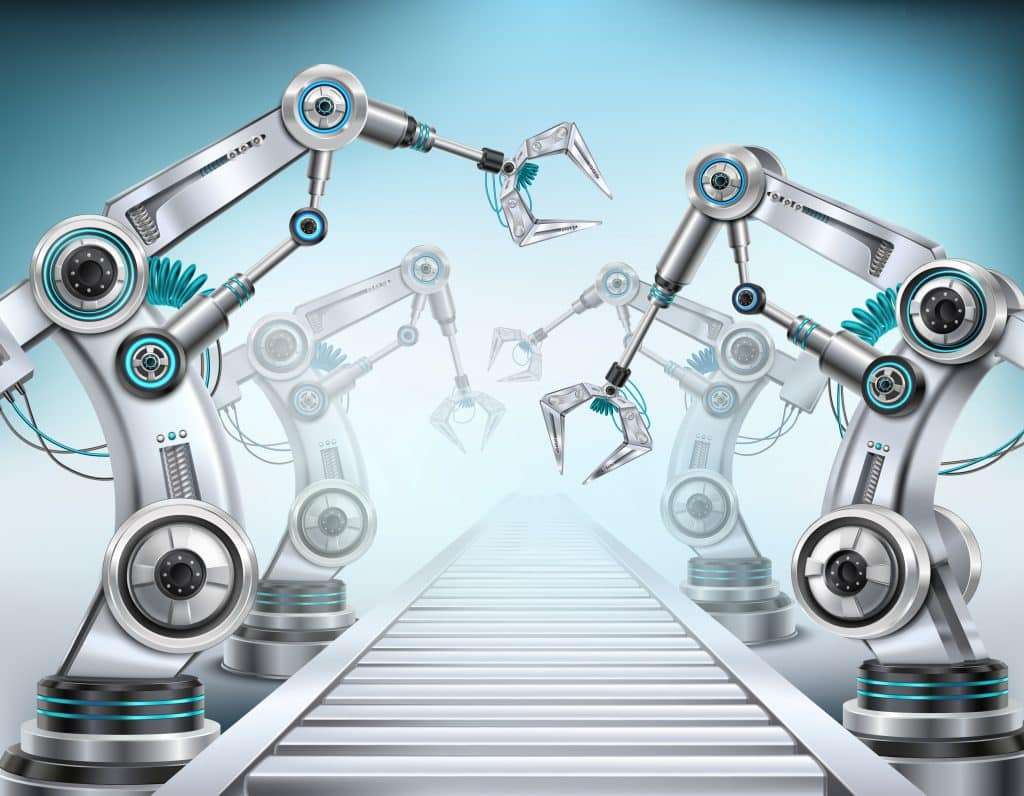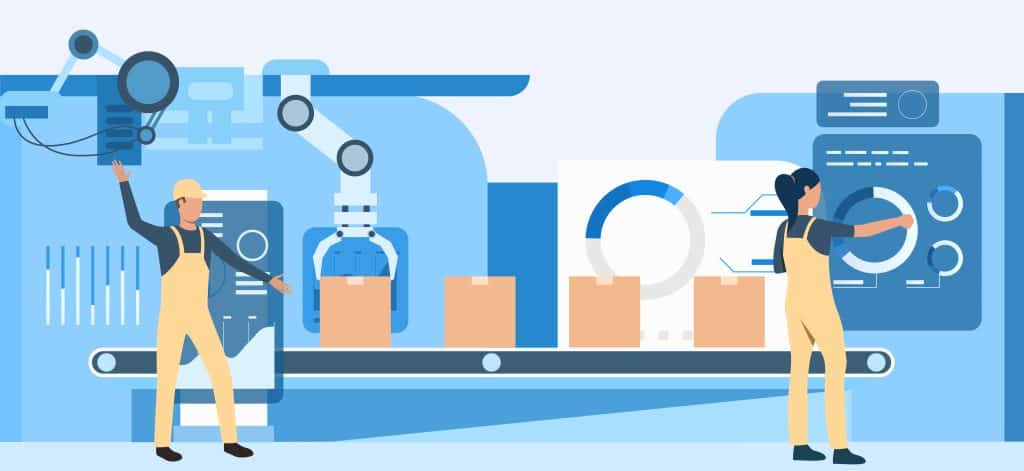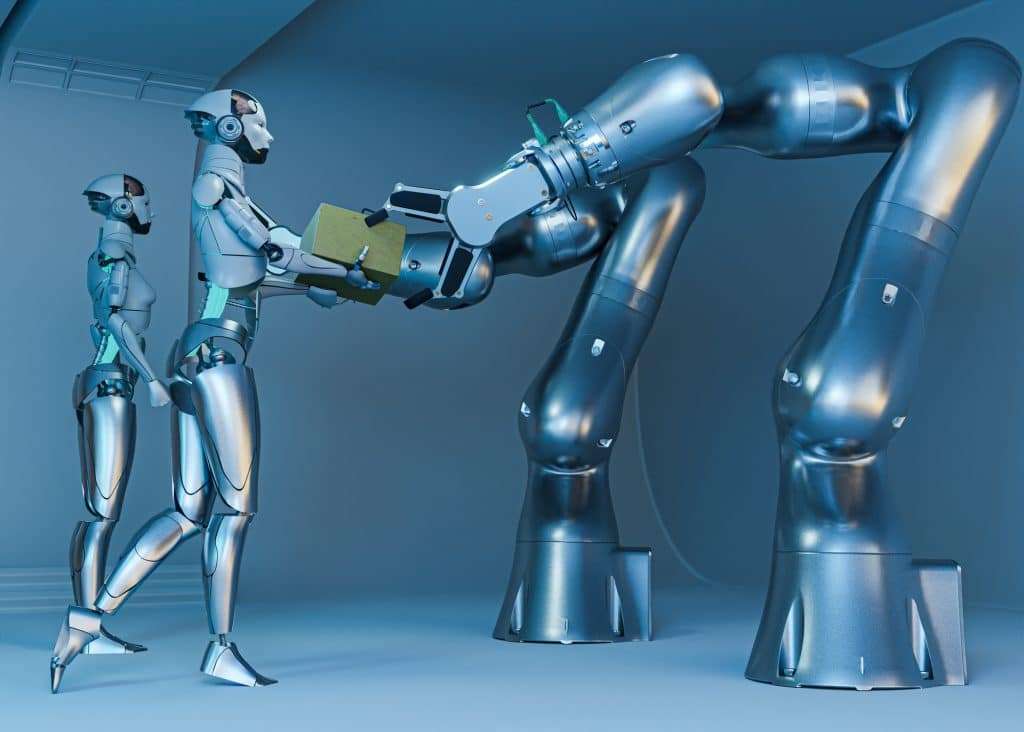Robotic Process Automation is an ever-changing field. However, in this changing nature, Robotic Process Automation (RPA) has turned out to be a great way. It helps businesses to improve efficiency and optimize their operations. This decisional guidance offers a variety of RPA applications to be achieved. We can witness how Robotic Process Automation is capable of revolutionizing things as it goes through different examples of applications in the guide. Besides that, the guide also covers the areas where RPA has a significant influence. At the end of this junk one will be very clear on the RPA phenomenon with all its transforming powers.

Table of Contents
What are the Capabilities of RPA?
Robotic Process Automation is a technology that can replicate a large scope of tasks that are mechanical and rule-based in a business environment. Below are some mundane tasks that RPA can assist in doing:handle:
Data Entry and Processing
The degree of accuracy to which RPA bots are able to work on huge volume data is one of the reasons for their sufficiency. Functions including inputting data into systems, payment transactions processes, and record updating can be done automatically. As there are automated processes to handle data into the system, the error of entering wrong information is significantly reduced. It also ensures that the employees are left aside for other strategic duties.
Customer Service
With Robotic Process Automation, companies will avail robotics to take care of the predictable customers’ queries and support issues. This means that human agents are at liberty to engage more complex problems with the ultimate effect of enhancing customer satisfaction. Additionally, the chatbot will send automated replies to FAQs, process returns, and modify customer data.

Invoice Processing
Robotic Process Automation-based automation of invoice processing can result in a significantly shorter accounts payable cycle. Bots can pull information from invoices, validate it and then update the respective systems, which in return ensures no delays in disbursement and the exactness of financial accounting helps.
Inventory Management
Robotic Process Automation can be used for regulating the stocks through the automation of tracking receipts, reorders, and inventory audits. The above situation is typical for a baby who is in need of a diaper.
Where is RPA Used?
The application of Robotic Process Automation software cuts across various sectors, food, robotics, among others. Here are some key sectors where Robotic Process Automation is most common:

Financial Services
- Invoice Processing: Automating the verification and payment of invoices.
- Fraud Detection: Identifying and flagging suspicious transactions for further review.
- Financial Reporting: Compiling and analyzing financial data for accurate reporting.
Healthcare
- Patient Records Management: Automating the updating and management of patient information.
- Appointment Scheduling: Managing patient appointment bookings and reminders.
- Insurance Claims Processing: Handling the submission and processing of insurance claims.
Retail
- Supply Chain Management: Tracking orders, managing inventory, and ensuring timely deliveries.
- Customer Relationship Management: Automating customer interactions and support processes.
- Sales Analysis: Analyzing sales data to provide insights and forecasts.

Human Resources
• Recruitment Processes: Automating resume screening, candidate evaluation, and interview scheduling.
• Employee Onboarding: Streamlining the onboarding process by automating paperwork and training schedules.
• Performance Management: Collecting and analyzing employee performance data.
Telecommunications
• Customer Support: The automation of the resolution of common customer issues and inquiries.
• Subscription Management: The process of subscription renewal is one thing I’ve been handling, and I additionally work both with new subscriptions and cancellations.
• Billing: Effortlessly, we T1. 2022-Processing customer bills and payments.
Government and Public Sector
• Tax Processing: How To Automate The Collection And Processing Of Tax Returns.
• Social Services Management: I am the one who sets the whole process of social service applications and payments done according to the template I made out myself.
• Citizen Services: Making sure that the citizen request is valid and then providing them with the information they need.
Manufacturing
• Production Line Management: Monitoring and improving production processes is important.
• Quality Control: Nowadays a company collects data on its product’s quality and then makes a report so that it can be improved.
• Supply Chain Optimization: Yes, I work on the management of supplier relationships and logistics.

Information Technology
• System Maintenance: IT automation ensures that problems like software updates, computer operating system monitoring, etc. are handled 24 hrs. 7 days. PWD user reset requests can be processed; Data can be synchronized on MDM servers with less effort and real-time; However, there are also advanced encryption algorithms that assure data privacy and protection.
• Password Resets: When a user’s password is exposed or forgotten at some time, technicians are briefly summoned to another area to unlock the user account. The IT personnel can account for everything through logs to see if there was any malicious activity the previous night.
• Data Backup: It’s the part of managing regular data backup and recovery processes.
Logistics and Transportation
• Shipment Tracking: The system of automation in tracking as well as managing shipments is the future and this is what buyers need to adjust shipping practices to be efficient. However, track-and-communicate systems are already in place for a long time, and market-based presentations and replies usually don’t contain the word “SAME DAY DELIVERY”.
• Warehouse Management: Numerous warehouse operations are optimized to save money and time through automated inventory tracking. This, consequently, affects revenue and service delivery. The more I invest my time, the quicker we ship. But, overhauls are manual processes. It doesn’t reflect load preferences for the given date also thus it is not efficient.
• Delivery Scheduling: Where to: Managing of delivery routes and schedules.
The Future of RPA
Robotic Process Automation has unlimited potential applications if the technology even gets there but streaks ahead of if it does. Integration of two best systems in the world, AI and ML, This is a blueprint of how RPA bots will be pushed to a level of human soph
Conclusion
In the current fast-paced environment of international competition, the most crucial element for every company is the quick adoption of tomorrow’s technology. Companies, therefore, tend to turn to AI-driven automation technologies such as Robotic Process Automation for carrying out repetitive tasks so that human employees can perform the work which needs critical thinking.
How is RPA different from AI?
(RPA) Automating tasks that are repeated and rule-based with the help of predefined workflows, which do not include learning or decision-making. On the other hand, AI(Artificial Intelligence) is a system composed of machines that can learn from data, make decisions, and adapt to new situations. RPA is more appropriate for prescribed tasks, while AI takes care of complex and unstructured problems that require understanding and learning.
What are three types of RPA?
The three types of RPA are:
Attended RPA is one that operates with the help of a human being, who asks this machine to perform actions on demand
Unattended RPA is a robot that functions independently, without any human, completing the tasks 24/7.
Hybrid RPA is a kind of RPA that has both attended and unattended mode. Depending on the specific situation, tasks could be solved with or without human involvement.















